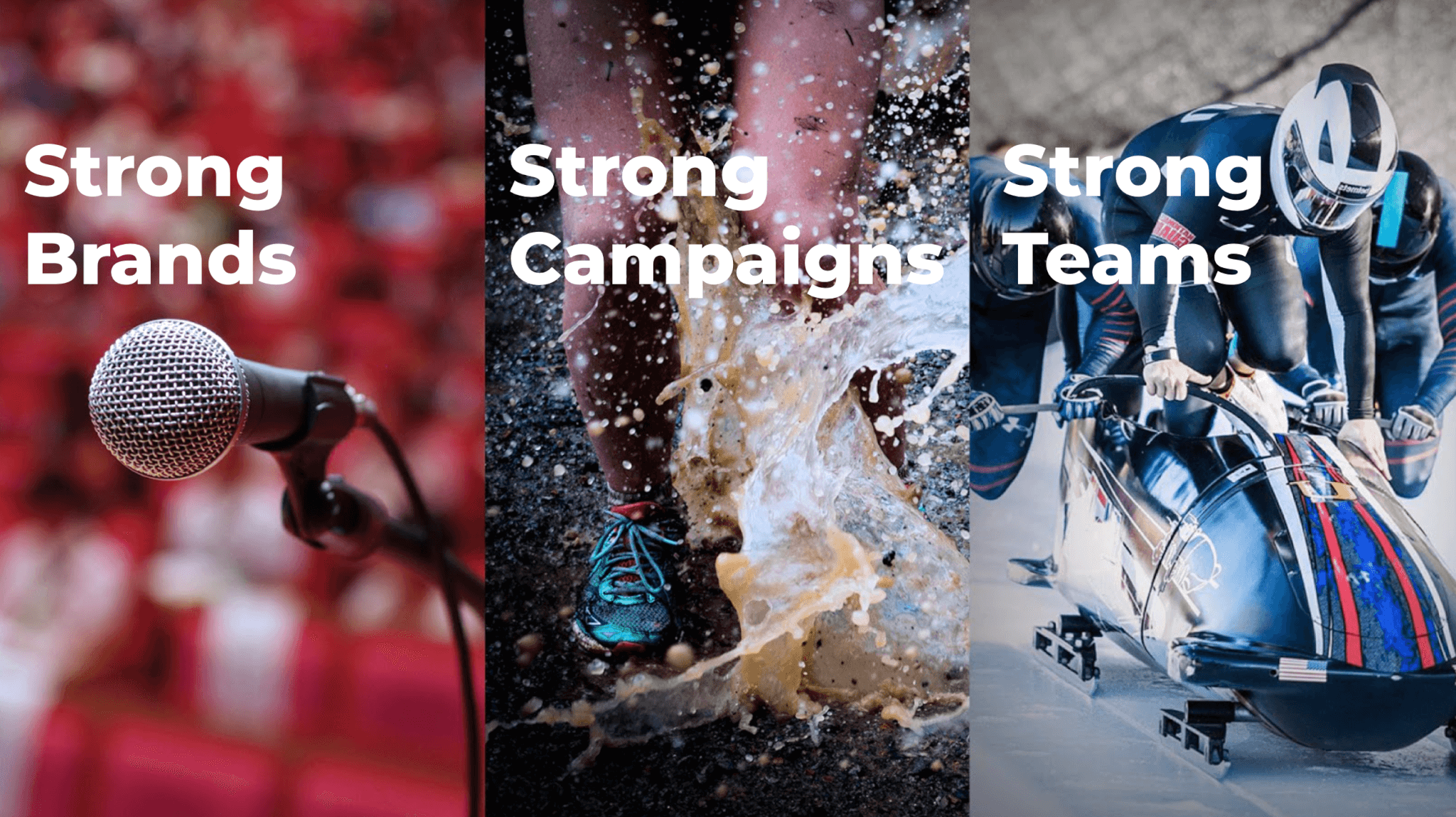Create an organizing structure for your brand to strengthen communications
Since most nonprofits do more than one thing, what’s the best way to organize everything? Do you have “program areas”, “key strategies”, “core approaches”, or ”strategic pillars”? Perhaps your nonprofit has adopted corporate jargon and uses a phrase like “verticals”, particularly for internal purposes. Or you might lack a grouping mechanism, and tend to list lots of programs and services at once. Some of your organizations might use a mix of different categories depending on the situation. Sound familiar?
A key part of branding processes, especially for nonprofits that need a succinct way to tie all of their many programs together, is a step that has some qualities similar to professional organizing. Professional organizers often take stock of a physical space in a home (like a living room that’s also used as a child’s playspace), clarify its purpose, and create better structures for using and navigating everything to optimize the purpose. Maybe the solution to that unruly mess of legos and puzzles next to the TV in the living room is carefully labeled and color-coded bins, or perhaps it’s time to donate some of those unused toys and simplify the space. With branding, there’s often a similar need to take stock of everything an organization does and develop more structure for both internal and external communications.
At Big Duck, we define brand architecture as the strategy for organizing and expressing the relationships of your programs, events, initiatives, and primary brand. A clear approach to brand architecture defines the roles and rules for each part of your brand, making it easy for supporters to see the connection between you and your initiatives.
In a recent post about the challenge of too many sub-brands, we explored the Greek story of the Hydra as a way to illustrate how nonprofit brands tend to proliferate and how brand architecture helps to tame the wild beast. One part of brand architecture is deciding what the brand relationship should be between a program and your primary brand (e.g. Should you create a new name or logo for your nonprofit’s gala? How about that new campaign you’re launching in partnership with another organization?) Another part of brand architecture is developing the framework or structure for organizing how all of the programs, services, issue areas, events, and initiatives fit together.
When introducing your organization to someone new, nonprofit communicators might start with an elevator pitch, a quick spoken introduction to their organization that often ties in ideas from the mission statement. But after a high-level introduction, nonprofits without an organizing structure for their brand often talk about their work by listing off lots of programs.
For example, this would sound something like this: “Here at Big Duck, we do brand strategy workshops, research, design, copywriting, project management, communication planning, stakeholder engagement, cohort learning, training, capital campaigns, etc.).” Have I lost you yet? In this scenario, if you went to Big Duck’s website, you might see a drop-down in the main navigation of 20+ different services you could learn about. Adding to the confusion, maybe a handful of them have unique websites and brand identities. Despite the thoroughness, it would likely be difficult to tell how all of our services connect to a bigger purpose or even to know where to start in understanding what service is relevant to you. Thankfully, many nonprofits take a different approach. We try to as well at Big Duck. Instead of laundry listing our services and capabilities, we start with an elevator pitch that introduces everything we do in a structured, categorized way. “Big Duck is a worker-owned cooperative that works with nonprofits to advance their missions through communications by developing strong brands, campaigns, and teams.” We regularly use the following visual to represent the three main areas of how we work when we’re talking to prospective and current clients. And on our website, our services page is organized by these three categories as well.

Creating an organizing structure for your brand strengthens internal and external communications. It’s a simple device for staff and board members to understand how everything you do works together to advance the mission. This leads to internal cohesion, strategic focus, and clearer external communications with audiences.
We recently worked with a social services organization that has over 50 different programs and hundreds of staff and volunteers. Staff working in one program weren’t always informed about how their area of work connected to others. We worked with them to boil down their program areas into three overarching buckets that all ladder up to their theory of change and mission. Staff members were trained to use these buckets to communicate and make decisions leading to greater organizational cohesion. They also updated their external communications (website, emails, brochures) to reinforce this three-part bucket approach. As a result, program participants, donors, partners, and others were able to understand the organization better as a whole and find what program or service area was most relevant to their needs. The staff also felt a better sense of how their work fits into a greater purpose.
If you’re thinking it’s time for some work to better organize your brand, here are three questions to get the process started:
- Do you have a theory of change or strategic plan that suggests a potential structure for organizing your brand?
- How do staff and board members group your programs and services now? Is there a consistent approach? How about your community members?
- If your audiences were looking for a specific program or service that you offer, what kind of categorization approach would be most intuitive for their needs (e.g. by service area, by issues area, by geographic focus, by population or age)?
You can also read more about our approach to organizing brands in our free ebook, Brand architecture: Strategies to strengthen your nonprofit’s family of programs, events, and initiatives. Or, if you need a professional organizer for your brand, we’d love to explore how we can help get things in order together.








